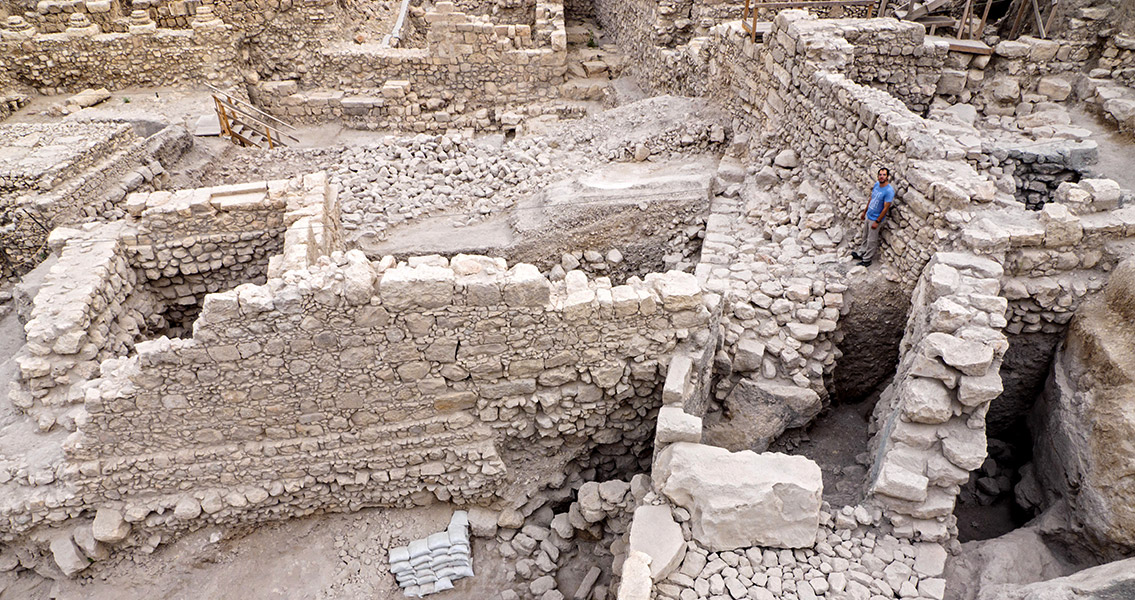<![CDATA[The first evidence from the era when Hellenistic culture held sway over the ancient city of Jerusalem has been uncovered by Israeli archaeologists; Acra, a citadel constructed by the Greeks more than two thousand years ago in the middle of old Jerusalem. Judea was conquered by Alexander the Great during the fourth century BCE. When Judea’s capital, Jerusalem, took sides with Seleucid King Antiochus III in the argument over whether an Egyptian garrison would be expelled, the grateful Antiochus gave the Jews religious autonomy, thus beginning 150 years of flourishing Greek language and culture there. Archaeologists however, have found very few buildings or other artifacts from this time period. Until now, the fortress had only been known from the texts which described its construction and its role in a bloody revolt which eventually led to the removal of the Greeks in 164 BCE, an event which is celebrated by Jews during Hanukkah. The rebels failed however, to overthrow the Acra and for more than twenty years they continued to try and capture the fortress. Finally, the stronghold was captured in 141 BCE and the remaining Greeks expelled. What happened to the Acra next has been debated by experts for over a century. Various historical references to the fortress have it being dismantled while others describe it being fortified, even its location within or outside of the boundaries of Jerusalem has been argued about. Many of those questions are about to be answered. When plans to build a museum were announced by the Ir David Foundation in 2007, an archaeological salvage excavation (which is standard in Israel) was started. The site, under a longstanding parking lot between Silwan (a Palestinian village) to the south and the Temple Mount to the north, has become a huge rectangular hole that drops from the street to over three stories down. The research team dug through consecutive layers, beginning with an Islamic market, then a Byzantine orchard and then an extravagant Roman Villa under which a cache of 264 seventh century coins were discovered and then a first-century Jewish bath. Within the layers where coins and pottery were found to be from the BCE centuries the researchers found what appeared to be random rubble. But the rubble wasn’t random and instead turned out to be rocks which had been carefully placed to form a glacis, a protruding slope at the top of a defensive wall. Also found were coins dating from between the times of Antiochus IV and Antiochus VII (the Seleucid king when the Acra was conquered). Other artifacts discovered in the same layer included Greek arrowheads, ballistic stones, slingshots, and imported wine. Orthodox Jews only drank local wine, which suggests foreigners were present. The fortress shows no signs of having been dismantled, in fact a later Jewish kingdom had actually cut into the walls during construction work and reused the stones for other buildings, slowly eating away at the fortress. Along with the discovery has come controversy, with some opposing the planned construction of the museum on the basis it will destroy these latest discoveries, while other hold more political views. Officials with the Israeli Antiquities Authority have taken the matter under consideration. Image courtesy of Israeli Antiquities Authority]]>
Evidence of Greek Fortress Finally Discovered
